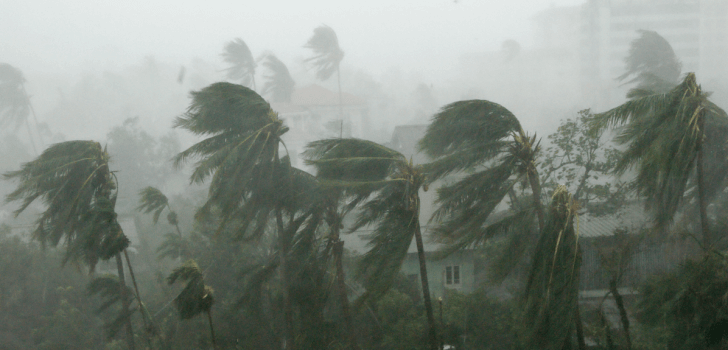For thousands of natives of the Marshall Islands, which are located between Hawaii and Australia, the American state of Arkansas is their new haven. More than 10,000 residents of the Marshall Islands have fled to northwest Arkansas in fear of climate change. The Marshall Islands only lie about six feet above sea level, and the refugees are afraid that their island is sinking.
Many former inhabitants of the Marshall Islands have stated that Arkansas is the land of opportunity. The trend started after one Marshallese man, John Moody, moved to Springdale, Arkansas in 1979 after the island became flooded. Moody happily found a job working for poultry company Tyson, and he encouraged his family and friends to come join him. A few decades later, people of the Marshall Islands have been relocating to Arkansas by the thousands. The former islanders say that Arkansas makes them feel safe because it’s far away from the ocean.
Climate immigration is not only occurring in the Marshall Islands. Islands like the Maldives in the Indian Ocean and Kiribati in the Pacific Ocean have seen their residents flee to places of higher elevation that are distant from the ocean. Residents have said that they want to get out before it’s too late and they have nothing left. The trend has been going on for years now, and it appears that it’s only going to get worse over time. In the future, hundreds of millions of people worldwide might be forced to leave their homes because of climate change.
United Kingdom shadow minister of immigration Chris Bryant said, “If we get climate change wrong there is a very real danger we shall see levels of mass migration as yet unparalleled. The United Nations estimates that in 2008 20 million people were displaced by climate change. You can imagine that the UN estimates of 200 million such refugees, more than the total number of worldwide migrants today, may be about right.”
Additionally, many people within the United States might conduct a sort of “internal migration” because of unfavorable weather conditions caused by climate change. People who do not like extremely hot weather and those who are fearful of hurricanes are the most likely to move. By 2047, it is expected that the world will experience temperatures that are unprecedented and completely extreme.
University of Hawaii Geography Professor Camilo Mora said, “If you do not like it hot and do not want to be hit by a hurricane, the options of where to go are very limited. The best place really is Alaska. Alaska is going to be the next Florida by the end of the century.”
Although California might be a very desirable place to live right now, that could quickly change if the state’s historic drought continues.
Climatologist Michael Mann said, “We think of environmental refugeeism as something that afflicts the developing nations but not us. But if the drought in California becomes the new normal, and there’s a very real possibility that it does, then we are going to see people driven from their communities, driven from that state.”
While highly prosperous countries such as the United States will undoubtedly have some climate refugees, it is small island countries that are likely to suffer first.
Mora wrote in a 2014 paper, “The fact that the earliest climate departures occur in low-income countries further highlights an obvious disparity between those who benefit economically from the processes leading to climate change and those who will have to pay for most of the environmental and social costs.”
Luckily there are climate discussions currently taking place at the United Nations Climate Summit in Paris. Changes need to be made quickly, or else it won’t be long before the world has yet another refugee crisis on its hands.
Stay Connected